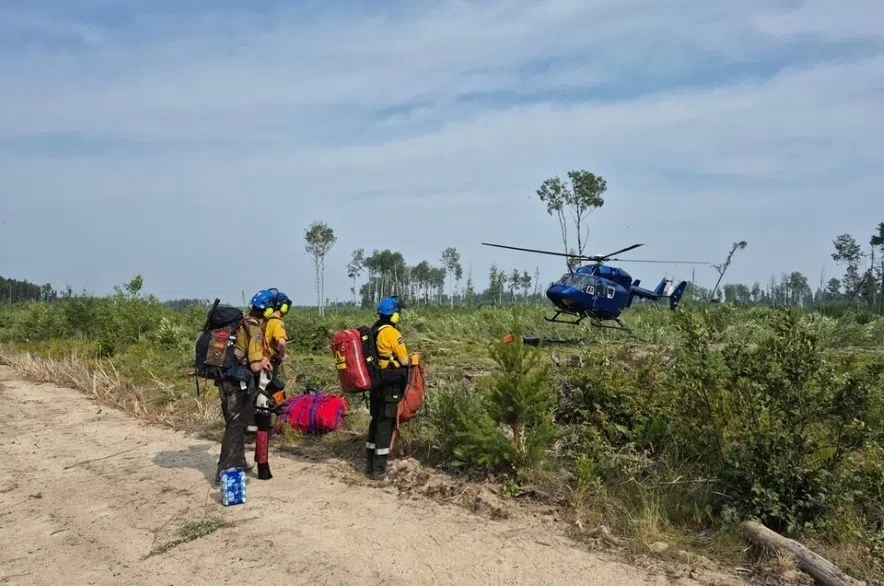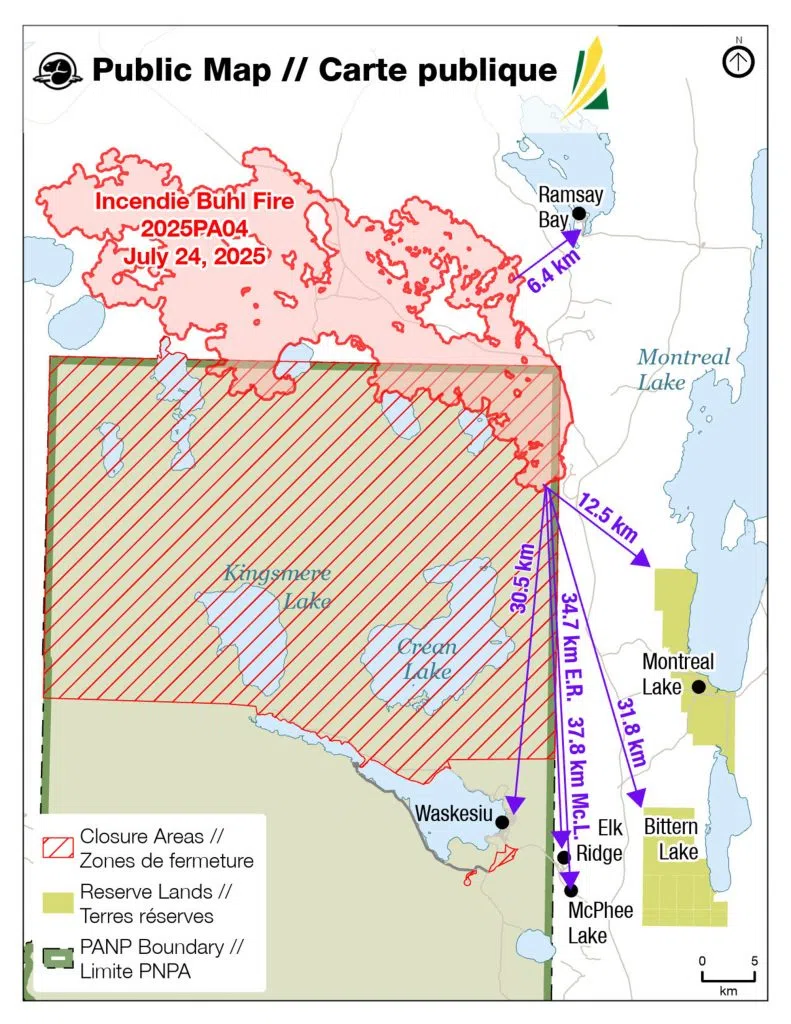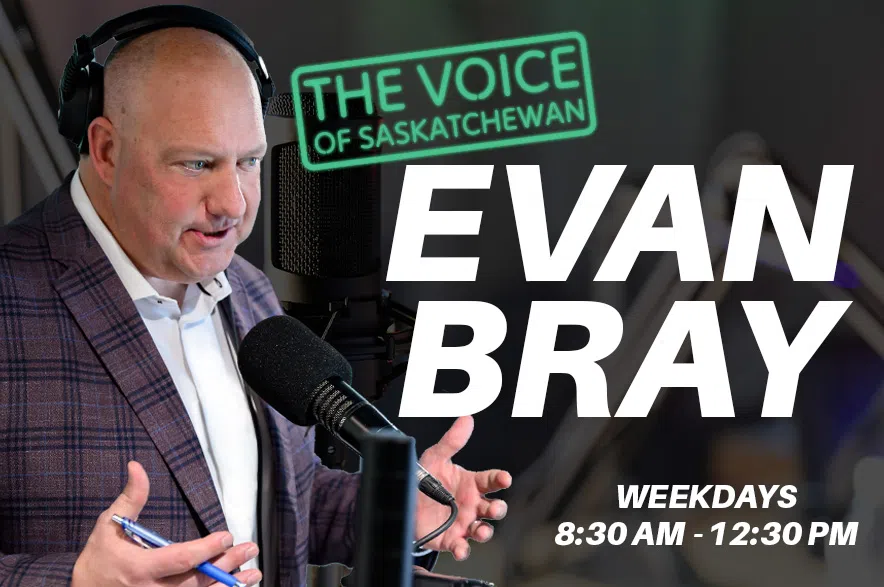Nearly 300 troops from the Canadian Armed Forces are expected to arrive in Saskatchewan by Saturday to help fight the wildfires raging in northern part of the province.
The military members Ottawa is sending are Type 3 firefighters who can help battle smaller blazes and are often used for mop-up and patrol operations. It’s also sending helicopters to help transport firefighters and personnel to and from the fires.
The Saskatchewan Public Safety Agency (SPSA) made the call for help from Ottawa yesterday as wildfires continue to burn.
Read more:
- Ramsey Bay, Weyakwin Lake Recreation Site on evacuation alert due to Buhl Fire
- Saskatchewan getting military personnel, helicopters to help fight wildfires
- Saskatoon sets new record for wildfire smoke as experts say the haze is here to stay
For nearly two months, some people in Saskatchewan, including the opposition NDP, have criticized the government for not calling in the military earlier to help fight the fires that were raging closer and closer to communities in the north.
“The decision to ask for federal assistance is an SPSA decision – the Sask. Party is not an operational decision maker, albeit that is some of the language that is out there,” explained SPSA president Marlo Pritchard.
“We have highly trained women and men that are trained in wildfire response.”
Pritchard said because of the danger the wildfires posed in the early stages of the crisis, calling in the military would’ve put those members in a dangerous situation.
“Back in June, we knew that we were having rank four, rank five, rank six fires – hot, dry, extremely windy conditions; extremely volatile, erratic fire behaviour. Whether it was provincial Type 3 firefighters or military Type 3 firefighters, that was not the time to even consider putting those individuals anywhere near those fires. They do not have the level of training,” Pritchard said.
Pritchard added because the wildfire situation has improved, now is the right time to call in the military because they can put their skills to good use.
“The situation has allowed us to now look at enhancing our Type 3 program. The fire activity on some of these fires, because of the absolute phenomenal work that we’ve already put into it, is now allowing us to stabilize some of those containment lines by bringing in extra Type 3s,” he said.
“Seven weeks ago was not the right time. It is now, and we have brought in over the last number of weeks our Type 3s from our First Nations partners, but we can use more. That is why we’ve asked at this point in time.”
Evacuation alerts
Around 3,000 people are evacuated from their homes due to the wildfires.
An evacuation order has been issued for those living in Ramsey Bay and the Ramsey Bay campground.
The Buhl Fire made some progress towards that community on July 23. It moved approximately 1.6 km closer to the community, according to Parks Canada.
It did not make any significant progress towards other communities.
An evacuation alert was issued yesterday for Ramsey Bay, including the Weyakwin Lake Recreation Site due to the Buhl fire. Community members aren’t being asked to leave yet, but to be prepared.
Montreal Lake Cree Nation issued an evacuation order for priority one and two residents on July 13, due to wildfire smoke in the community – there hasn’t been any further evacuation orders for that are since.
Prince Albert National Park is still on a pre-evacuation alert. Elk Ride and McPhee Lake do not currently have any alerts or orders in effect.
Firefighters from Mexico, Australia, New Brunswick, Quebec, Nova Scotia and Ontario are all helping fight wildfires in Saskatchewan.
Fires in Saskatchewan on July 23
As of 3:30 p.m. on Thursday, 55 active wildfires burned in Saskatchewan.
Fourteen of those blazes were not contained, with another 18 under ongoing assessment and firefighters were protecting values in another 18. Five fires were considered contained.
Contained means suppression action is taking place and the fire is not expected to grow in size, ongoing assessment means the fire is being monitored regularly to assess risk to values in the area and not contained means suppression action is taking place but the fire is expected to grow in size, according to SPSA. Protecting values means a fire is active and action is focused on protecting things like cabins and infrastructure.
Notable fires not contained included the Shoe Fire near Lower Fishing Lake, Pisew Fire west of La Ronge, the Wolf Fire west of Denare Beach, the Ditch Fire north of Weyakwin, the Muskeg Fire north of La Plonge Indian Reserve and Beauval, the Buhl Fire West of Weyakwin and the Trail Fire west of Beauval.
By far the biggest of those is the Shoe Fire, which was first reported on May 7 and on Monday was listed as 539,248 ha, or just over 1,332,510 acres, which is around 10 times the size of the entire City of Saskatoon area.
As well as the provincial ban, fire bans are active in 218 urban municipalities, 28 rural municipalities and five provincial parks in the province.
So far this year, there have been 392 wildfires in Saskatchewan. The five-year average is 319.












